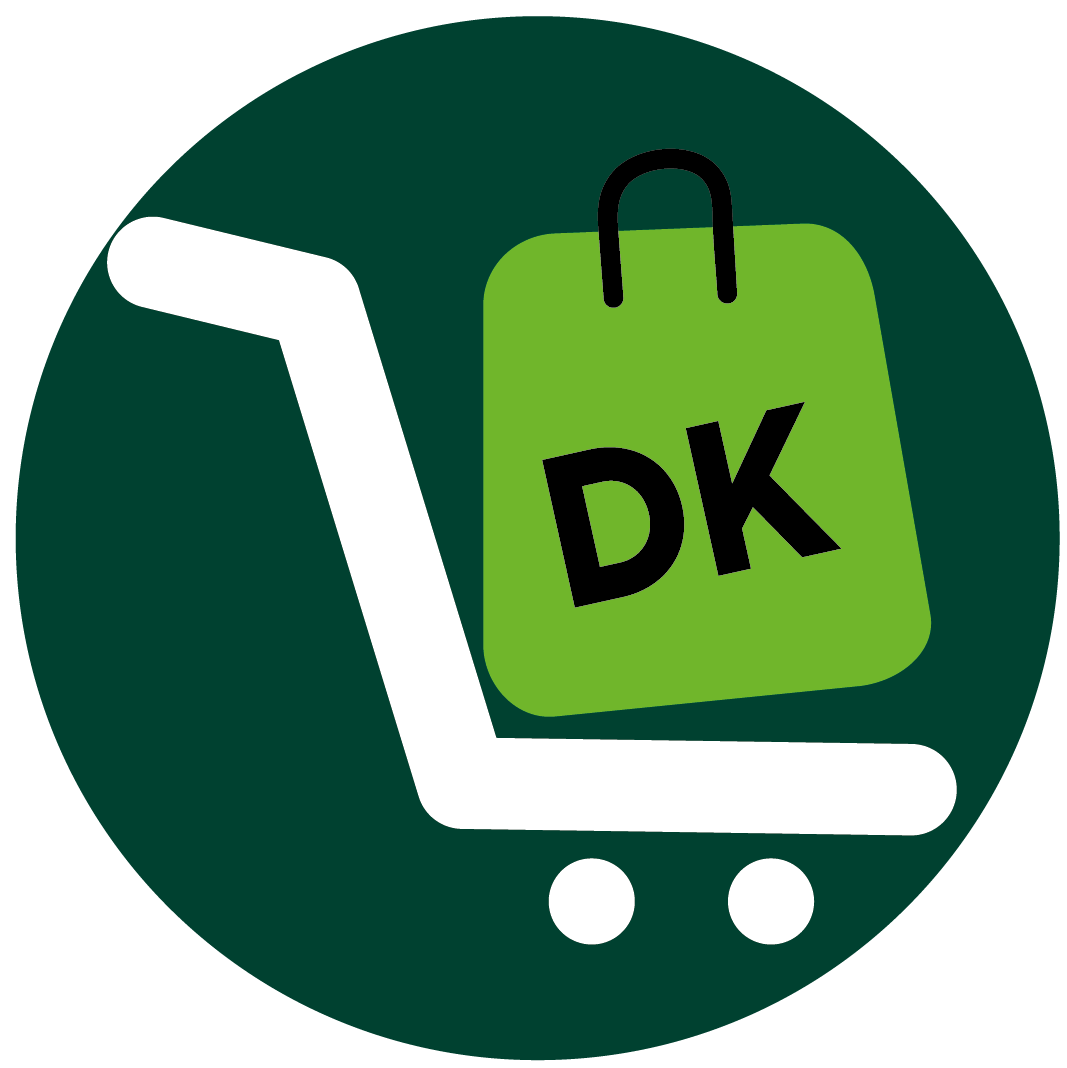Shifting your business from ecommerce to the retail shelves is an adventure that’s both thrilling and complex. Imagine your product sitting proudly on the shelves of your favorite stores, catching the eyes of eager shoppers. It’s not just a dream; it’s a goal that countless entrepreneurs aim to achieve.
This leap is not just about expanding your business; it’s about embracing the opportunity to introduce your creations to a wider audience in tangible, physical spaces. However, navigating this transition isn’t just about enthusiasm; it requires a well-thought-out strategy. The journey to retail success is exciting, indeed, but knowing how to play your cards right is essential to making the most of this significant move.
This article dives into the essential steps to take your product from your workshop or studio right into the heart of retail spaces, highlighting the keys to unlocking doors in the retail world. Whether you’re new to the scene or looking to expand your reach, understanding how to navigate the retail landscape is crucial for turning your product into the next must-have item for consumers.
How to Get Your Product in Stores:
1. Research and Identify Target Stores
2. Develop a Compelling Product and Brand
3. Prepare Your Product for Retail
4. Establish Wholesale Pricing and Margins
5. Create a Sales Pitch and Marketing Materials
6. Identify and Connect with Store Buyers
7. Reach Out to Store Buyers
8. Attend Trade Shows and Networking Events
9. Negotiate Terms and Secure Purchase Orders
10. Fulfill Orders
Pumped? Read on!
1. Research and Identify Target Stores
To get your product in stores, research and identify target stores.
To get your product into stores, the first vital step is engaging in comprehensive market research to pinpoint the types of stores where your product will flourish. This entails a deep dive into understanding your target customer base—their age, gender, lifestyle preferences—and aligning this insight with the specific product category your item fits into.
Additionally, consider the geographical location of potential retail spaces, whether local or national, to match your product’s appeal. Utilizing social media analytics, competitor analysis, and direct market observation will guide you in identifying stores that resonate with your target demographic. This foundational step not only sharpens your market understanding but also strategically positions your product for successful retail placement.
2. Develop a Compelling Product and Brand
To distribute your product to stores, develop a compelling product and brand.
To make your product stand out in stores, it’s crucial to offer unique value and establish a strong brand identity that resonates with your target customers. Start by pinpointing what sets your product apart from competitors, focusing on its unique features, benefits, and the specific problems it solves.
Developing a compelling brand involves defining your brand values, personality, and mission, and visually representing these through logo design, color schemes, and packaging that catches the eye. Your brand’s tone and voice should align with your target audience, creating a consistent message across all channels. By crafting a product and brand story that customers can connect with, you position yourself to stand out in the competitive retail landscape, building an emotional bond with your audience.
3. Prepare Your Product for Retail
To establish a retail presence for your store, prepare your product for retail.
Ensuring your product is ready for retail involves understanding and complying with relevant legal and safety standards, a crucial step to protect both your customers and business. Familiarize yourself with regulations specific to your product and market, such as those provided by the Consumer Product Safety Commission in the U.S. Conduct thorough research, possibly involving product testing for safety and compliance, and consider packaging requirements that not only attract customers but also meet retail and legal standards.
By diligently preparing your product for retail, focusing on compliance and customer confidence, you lay a solid foundation for success and safeguard your business against potential legal challenges.
4. Establish Wholesale Pricing and Margins
To make your product available in stores, establish wholesale pricing and margins.
Setting the right wholesale pricing and margins is key to ensuring both you and the retailer benefit financially. Begin by calculating your product’s production costs, including labor, materials, packaging, and shipping, to establish a base price. Market research, including analyzing industry standards and competitor pricing, is crucial to setting a competitive wholesale price.
Aim for a profit margin between 30% and 50%; for example, doubling a $20 production cost to a $40 wholesale price can secure a 50% margin. Balancing these elements helps create a pricing strategy that is fair, competitive, and profitable for your business’s growth and success in the retail market.
>>>PRO TIPS – Dropshipping to Facebook Marketplace How to Do It
5. Create a Sales Pitch and Marketing Materials
To secure retail space for your product, create a sales pitch and marketing materials.
Crafting a compelling sales pitch and creating professional marketing materials are essential steps to getting your product into stores. Start by highlighting your product’s unique features and benefits, focusing on the value it adds to customers’ lives. Tailor your pitch to meet the specific needs and interests of your target retailers, using persuasive language and storytelling to convey your product’s value proposition.
In parallel, design marketing materials with a consistent and appealing aesthetic, incorporating high-quality images and clear, concise information about your product, including features, benefits, and wholesale pricing. These tools are your chance to make a memorable impression on potential retailers and showcase the unique appeal of your product, paving the way for successful partnerships.
6. Identify and Connect with Store Buyers
To introduce your product to the market, identify and connect with store buyers.
To connect with store buyers for your product, start with thorough industry research to understand the retail buying process. Use platforms like LinkedIn to find and reach out to relevant buyers with personalized messages.
Explore industry directories for contact details, attend trade shows for networking opportunities, and leverage online resources to gather contact information. Remember, your communication should be professional and clearly demonstrate your product’s value. By doing your homework and strategically reaching out, you can establish valuable connections with store buyers and increase your chances of getting your product into stores.
7. Reach Out to Store Buyers
To penetrate retail channels with your product, reach out to store buyers.
To effectively reach out to store buyers, start with a personalized greeting and introduce yourself and your product, emphasizing its unique features and benefits. Demonstrate your understanding of their store and how your product aligns with their strategy by highlighting your product’s value proposition and how it meets market needs.
Conclude by requesting a meeting or phone call to discuss the potential of stocking your product, providing your contact details and suggesting possible times. Ensure your communication is professional and concise, focusing on the unique value your product brings to their store and customers. This approach will help capture the interest of store buyers and open doors for further discussions.
>>>GET SMARTER – Spocket vs. CJdropshipping
8. Attend Trade Shows and Networking Events
To get your product in store, attend trade shows and networking events.
Attending industry trade shows and networking events is a strategic move to showcase your product and connect with potential buyers. To leverage these opportunities, start by selecting events that align with your industry and goals. Plan your participation well in advance, whether as an exhibitor or attendee, and set clear objectives like generating leads or building brand awareness.
Engage actively with attendees, using your elevator pitch to highlight your product’s value, and make sure to follow up with the contacts you gather after the event. These events are not just about showcasing products; they’re about building relationships, learning from industry trends, and expanding your professional network, which can significantly contribute to your business’s growth and success.
9. Negotiate Terms and Secure Purchase Orders
To make your product available in stores, negotiate terms and secure purchase orders.
Negotiating terms with store buyers is a critical step to ensure a successful partnership. Start by establishing a clear pricing strategy that reflects your product’s value, considering production costs and market dynamics. Discuss and align on payment terms to manage cash flow effectively, and agree on delivery schedules that meet both parties’ requirements.
It’s also essential to review and negotiate the terms and conditions of the purchase agreement, covering warranties, returns, and liability. Finally, securing a formal purchase order from the store buyer will solidify the partnership, detailing agreed terms, quantities, and schedules. Remember, negotiation is about finding mutually beneficial solutions while maintaining a professional demeanor throughout the process.
10. Fulfill Orders
To distribute your product to stores, fulfill orders.
Fulfilling a purchase order and maintaining a strong relationship with retailers are essential steps for long-term success. Ensure accurate and timely order fulfillment by coordinating with your production team or suppliers and maintaining strict quality control standards.
Keep open lines of communication with the retailer, providing regular updates and responding promptly to any concerns. Exceptional customer service and post-delivery follow-up demonstrate your commitment to the retailer’s satisfaction and pave the way for a lasting partnership.
Conclusion
Getting your product into stores involves a strategic approach, starting with conducting market research to identify the ideal stores for your product. Developing a compelling product and brand, ensuring legal compliance, and establishing wholesale pricing and margins are crucial steps. Building professional marketing materials and a persuasive sales pitch can help capture the attention of store buyers.
Additionally, attending trade shows, networking, and negotiating terms effectively are key to securing purchase orders. Fulfilling orders promptly and maintaining strong relationships with retailers are essential for long-term success and growth in the retail market.














